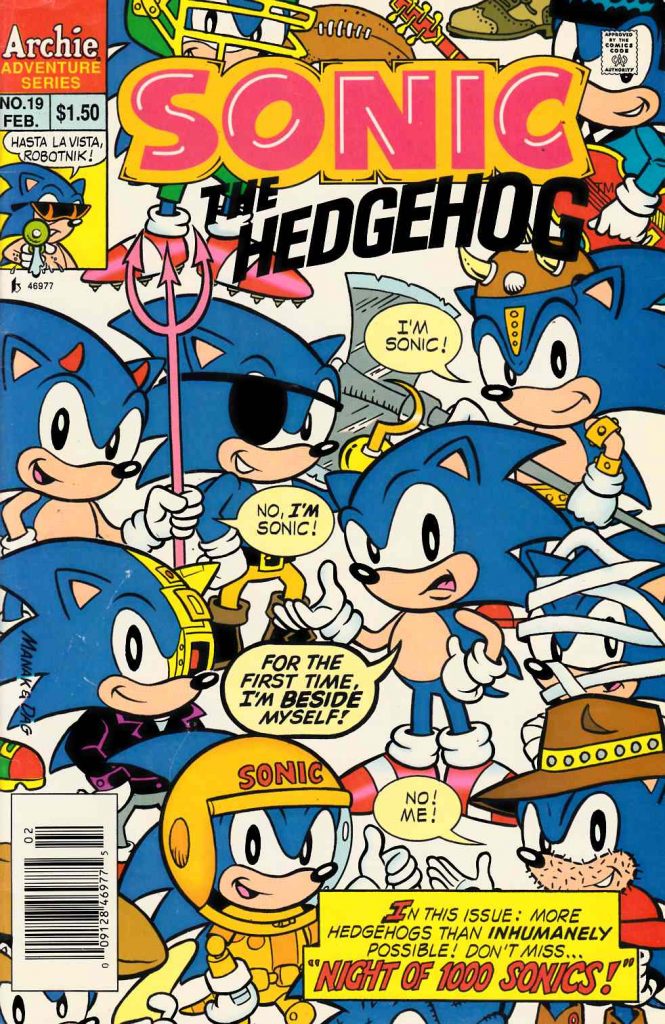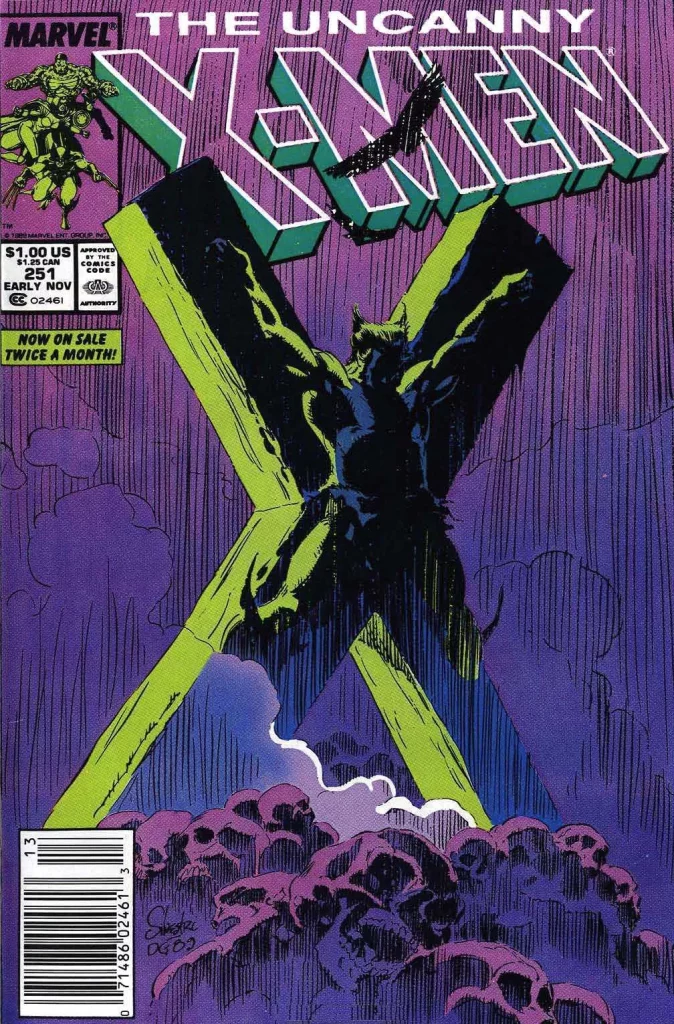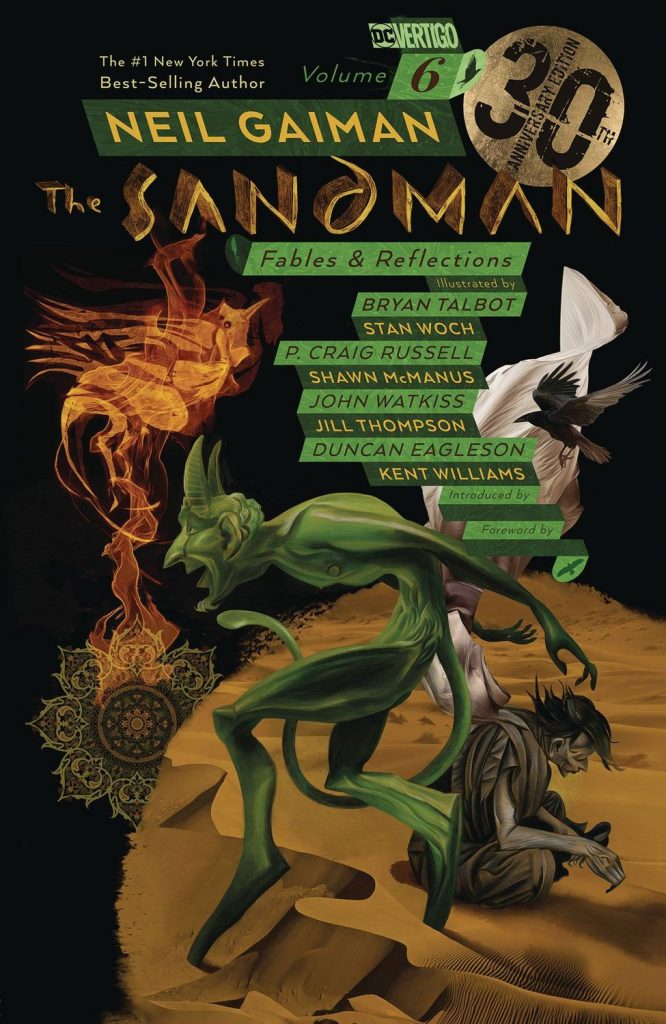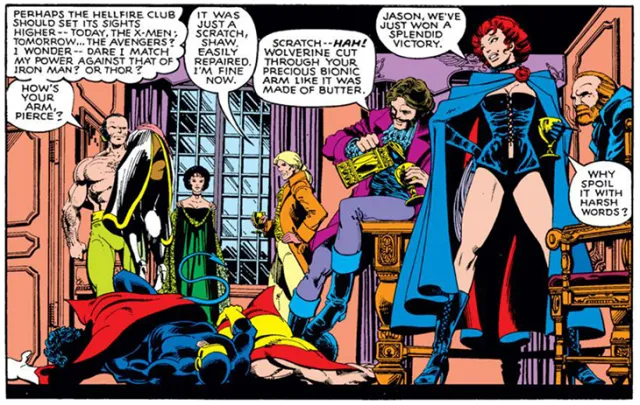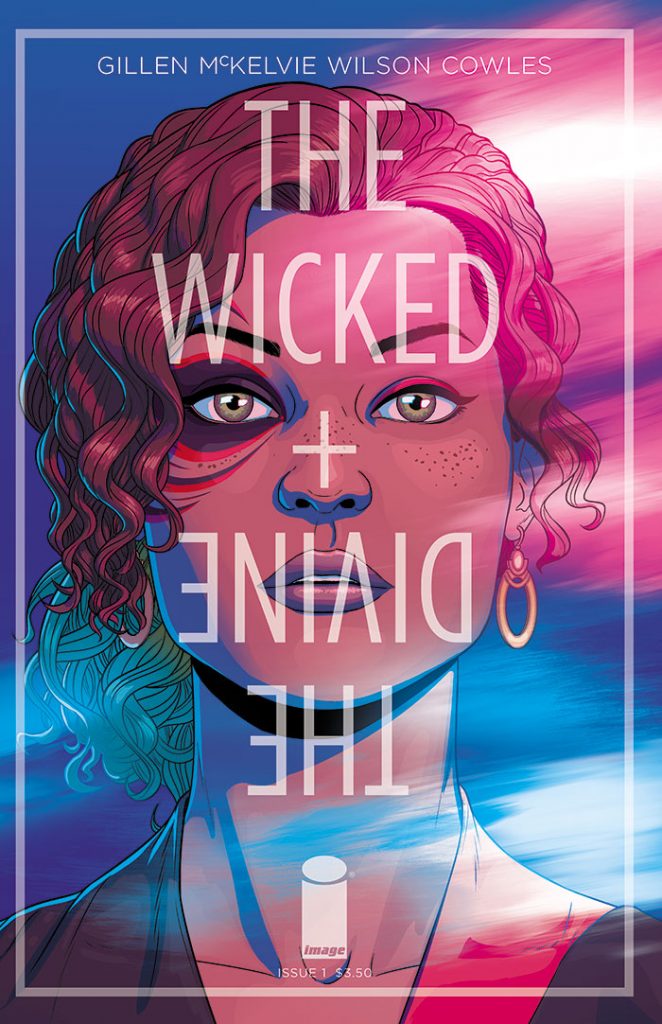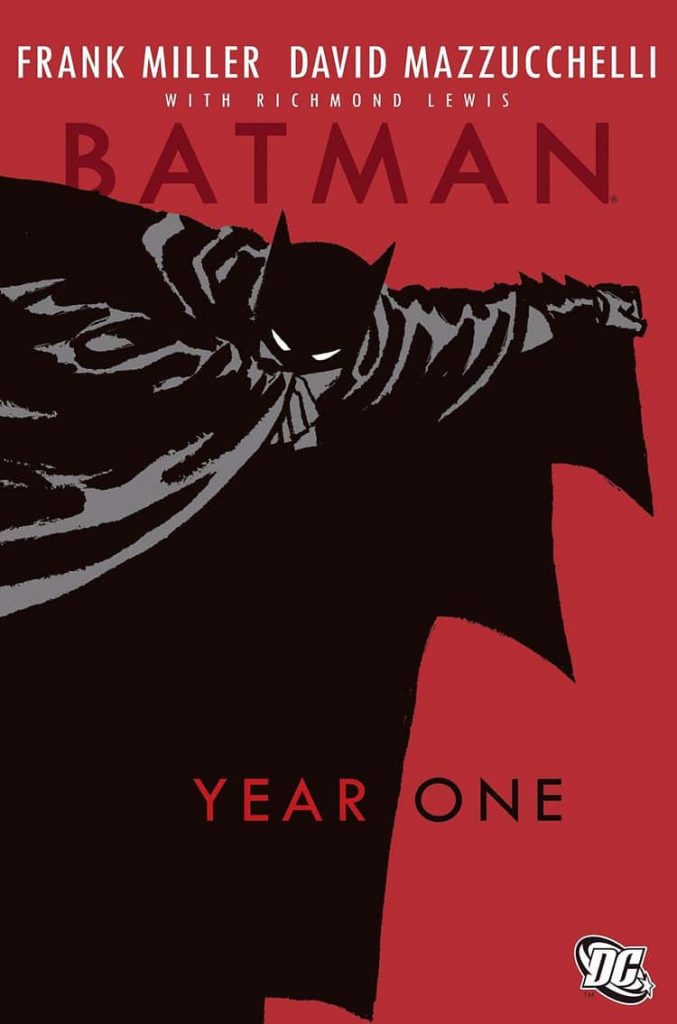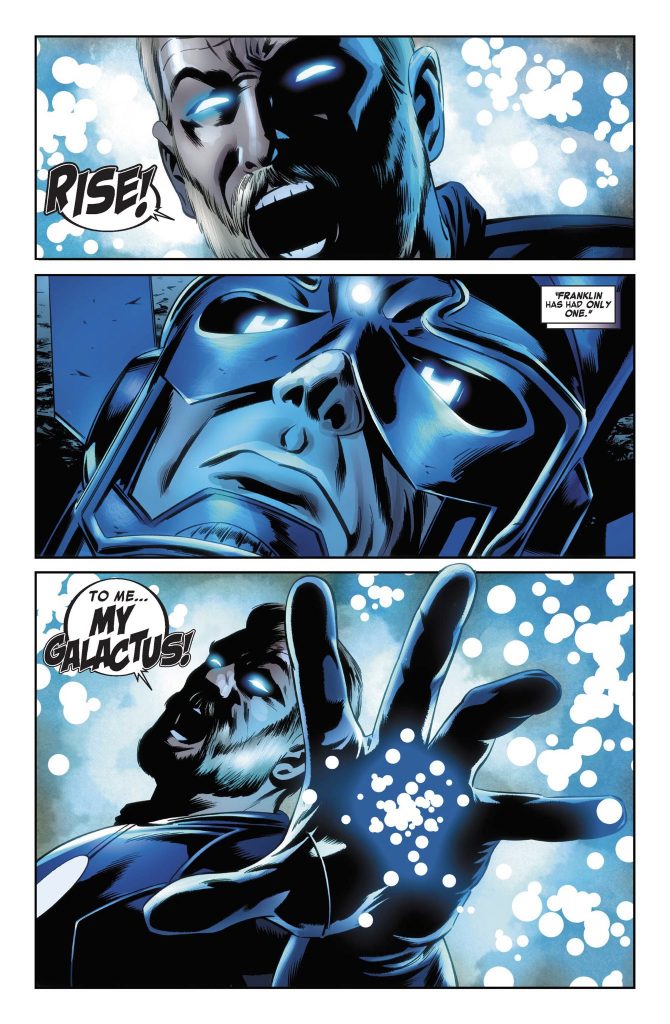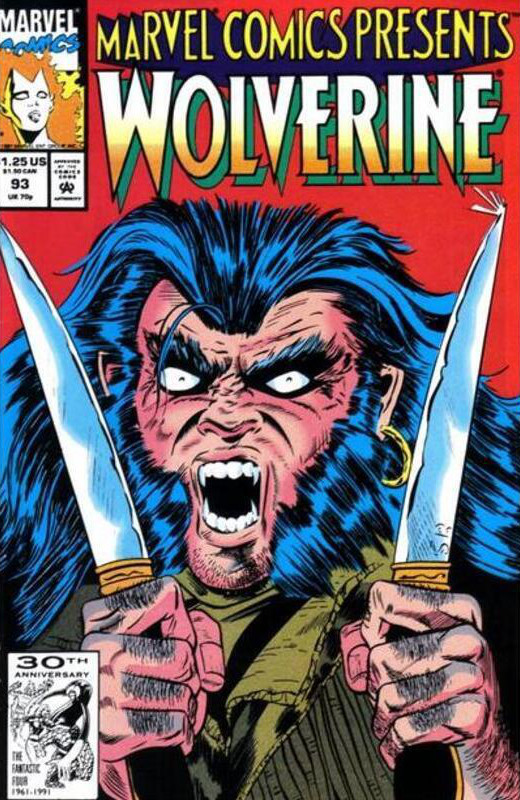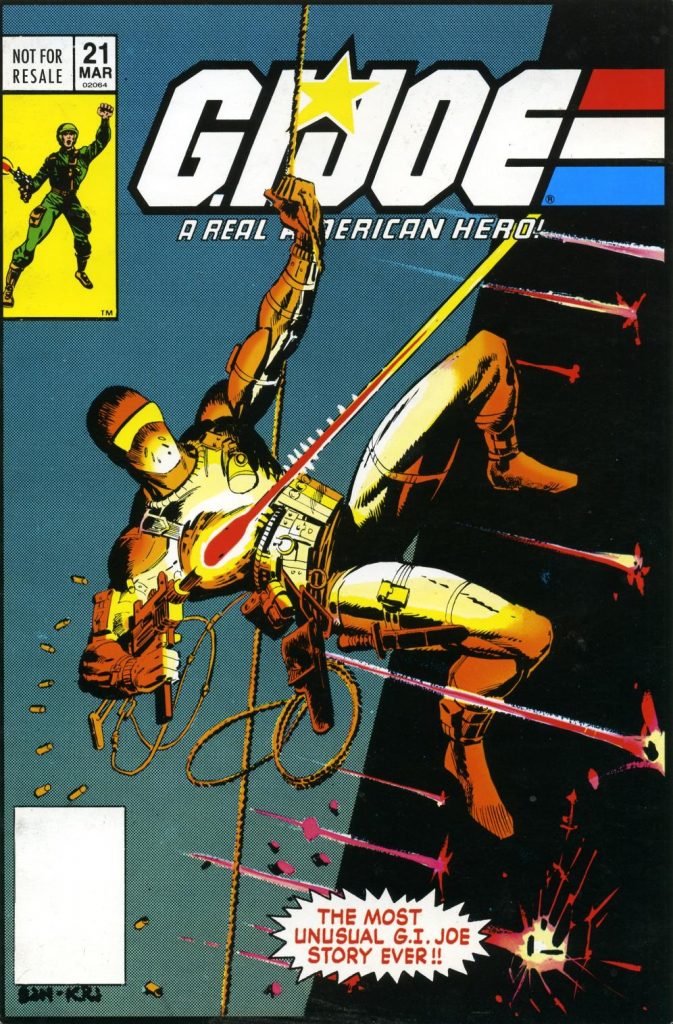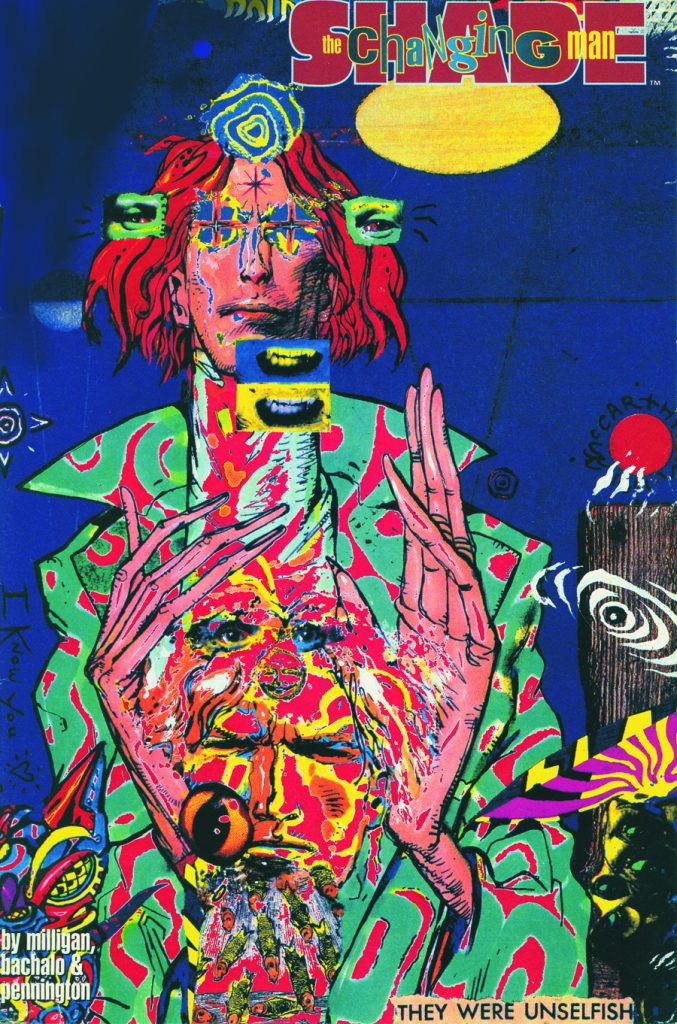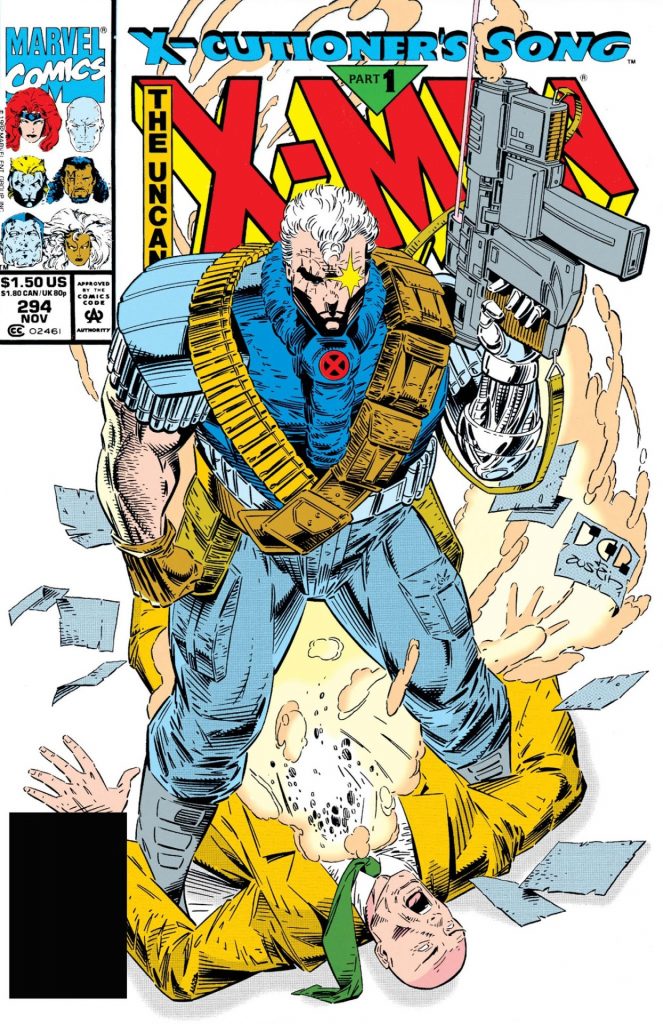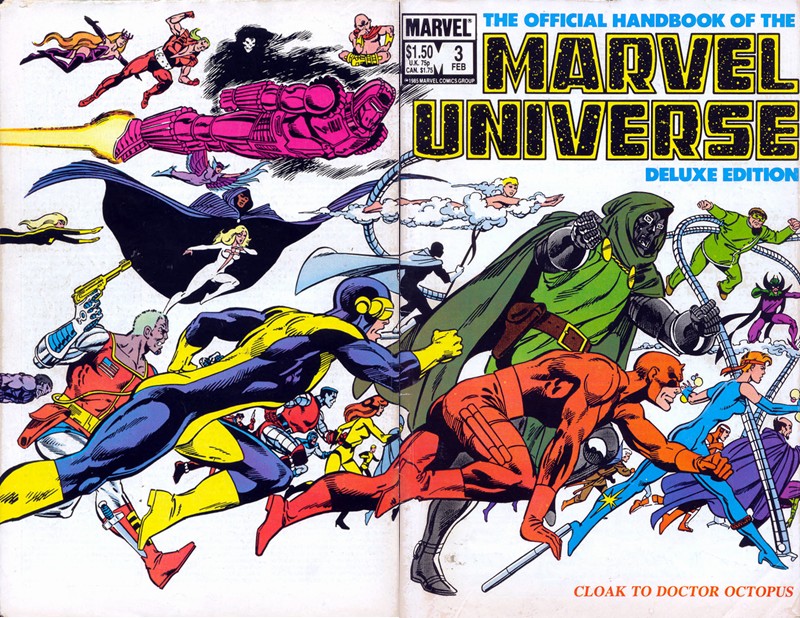“That Really Blew Me Away”: Creators on the Comics That Made Them Love Comics
We all start somewhere.
Whether it’s an adaptation of a toy line when you were a kid – that’s me, as Marvel’s The Transformers series was my gateway to comics – or something you discovered in your twenties or thirties, comic fans can often point to something that either made them fall in love with the medium or sent that passion into overdrive. It could be for any number of reasons. The craft of the work. How unique the idea was. Whether it expanded your understanding of characters or worlds. Maybe even just how cool something is. Whatever the reason, it was a moment that intertwined you and comics forever.
That’s the case for fans, but it’s true for creators too. Before they made comics, they enjoyed the medium, digging into the amazing stories and characters just like we do. Like I said off the top, we all start somewhere, and writers, artists, colorists, letters and beyond are no different, with each having that comic (or comics!) that made them realize just how incredible the medium really is.
With that in mind, I went around August’s Emerald City Comic Con 1 and quizzed creators on an issue, series, or run that underlined to them how incredible comics really are and what it was about those individual comics that made them stand out so much. Some were focused on the earliest comics that did that, others were on more recent ones, but the answers were predictably, and delightfully, all over the place. The selections and reasons behind each were as unique as the individuals choosing them.
You can read those answers in full below, with this piece being open to non-subscribers. If you enjoy this feature, consider subscribing to SKTCHD for more like longforms, columns, and interviews in this vein.
Julio Anta: I can’t say a specific run or issue, but for me growing up, it was Sonic the Hedgehog at Archie, back when they used to license those. It was how I learned that comics were monthly and that every month there was a new one, because you could subscribe to it in the back. And I remember just telling my dad, “Oh, we got to tell them which issues I have already so they don’t send me those.” And he was like, “You’re a moron. You don’t understand how every month you’re going to get the new issue.” And it was my favorite video game growing up, so to see stories Sonic…there’s not much narrative to those games, so I think for me it was that.
Also, as I got older, Dragon Ball was huge for me. And there was this manga called Real Bad High School. I don’t even know how I found the first volume, but I feel like I had the first volume for six months before I ever got the next ones. I just read it over and over again. I loved that manga.
John Bivens: It was a Silvestri issue of Uncanny X-Men. It was the first X-Men comic I bought on my own and it had Wolverine on the cover nailed to an X. And I just remember that cover. I don’t even remember the number of the issue (Editor’s note: It was Uncanny X-Men #251), but I remember that cover. I bought that and it’s still probably somewhere at my parents’ house in an attic.
It was just Silvestri’s art. I was really young. I had a babysitter. He’d bring over X-Men comics. Eventually that was the first one I could buy on my own.
Tini Howard: You know, I always talk about what first put the little jewel in my mind that comics were something I could maybe think about devoting my life to. But it didn’t even occur to me back then. It was opening Sandman comics and seeing names like Jill Thompson and Shelly Bond in there, and being like, “Those are girls. There are girls that work on this book.” That blew my mind.
It’s so stupid, right? But I didn’t even read superhero comics. So, I didn’t know about Louise Simonson. I didn’t know about Ann Nocenti. I didn’t know about these women. But seeing that made me think, “There are girls here. That’s so cool.” And it made me really excited, even more than the content of the story, which I loved anyway. There were women like me working on this comic. I mean, they were women, they weren’t girls, but I was a girl. So, in my mind, they were girls like me.
It was just that blow to the face of real representation. It wasn’t fictional representation. It was the people that made this thing that you’ve been obsessed with are female like you. And it wasn’t even like, “Oh, I could do this someday.” It was just weird, like it lit this fire in me that you feel if you’re someone who has been denied representation in aspects of your life, where everyone has things about them that are personal, that when they see reflected, you feel almost like a fire in you. It was someone seeing me.
And for me it was more than the story. It was like when you’re a kid, and you like a lot of things that are not traditionally feminine. Characters like Chun-Li and Princess Leia are super important to me because they were tough brunettes like I was. But seeing real actual women work on things I loved was mind-blowing.
Joëlle Jones: I think it was the Dark Phoenix Saga when (Jean Grey’s) in that S&M get up. And I realized (making comics) was complete wish fulfillment. “This guy is having a blast. He’s putting out his dirty thoughts on the page.” I’m so compelled by the story and I’m loving the direction it’s taking, and I knew even at a young age that, “Oh, this guy’s into this.”
Liana Kangas: I want to say The Wicked + The Divine. There were so many layers and things that you did not expect to happen, and it just played out as a story and there was no, “Okay, here’s a pretty bow on it.” It was raw and real and upsetting and crushing and thrilling and stressful. I’m thinking about all the emotions that I felt reading it on the couch over a weekend. So, it’s like when you go through all four hardcovers, and you’re like, “Oh, they did that…damn.” It’s kind of a respect for the art form and how much work went into that, but also the story.
I always give a nod to Jamie (McKelvie) and Kieron (Gillen). When I read Phonogram, I was like, “Oh my God, I didn’t realize comics could be indie.” I always just thought of superheroes and weird underground horror stuff. I would say either that or Paper Girls, but again it’s because I was going through those hardcovers, and it just was a very dense story.
Jacoby Salcedo: Batman: Year One was the one where I was like, “Wow, that really blew me away.” And Richmond Lewis had just amazing colors. But if I have a specific issue, it was Chris Samnee in Daredevil #25. That’s when it introduces Ikari. And literally the whole book is just a fight sequence, and I think I was looking back into it and I guess Mark Waid was like, “They just fight.” And Samnee just went off on it and I don’t know, that’s just masterful storytelling by Chris Samnee. He killed it.
Rachael Stott: It’s not really recent. I was so late in the day for it. It was in Jonathan Hickman’s run on Fantastic Four. I’m a massive FF fan, but I’ve always been put off (that run) because people were like, “It’s really long.” And then I got Marvel Unlimited, so I was like, “Oh great. I don’t have to go and buy 20 hardcovers to read it.” I finally got around to reading it, and there’s a final issue where Old Franklin Richards rises Galactus up to become his herald, and it’s just incredible. It’s probably that one. So, I’m trying to avoid Jonathan Hickman today in case I just cry in front of him.
“To me, my Galactus.”
That was the beauty of that run. Everything felt so momentous and so huge, and then it had endings like Return of the King. It had endings for all the characters doing all this different stuff. So, you had Nathaniel Richards going back on his travels and you had Dr. Doom doing this. It was so beautifully wrapped up in a way that felt that they gave it time to wind down. It didn’t feel like it always had to be massive action. It was just filled with such amazing character beats. That was such a good comic run.
Kyle Strahm: One of the first comics I bought — not one of the first comics I had — I bought at a grocery store off the spinner rack. It was Marvel Comics Presents #93. And that book had four short stories in it. It was a flip book with Sam Keith covers. They were amazing every single time. But the story that got me into it was a Wolverine story. It was a flashback to the 1800s or something, and he’s out in the snow where there are these bears and stuff that have crazy mutants coming out of them. You had to go back the next month and that was the only way to get the next one.
But the feeling of reading that stuff and the backup stories which had new Marvel characters, I was like, “Well, who is this? I need to know who this character is.” It was really fun to fill in the blanks. And then the feeling, even when you missed one…I did miss a couple and then I was devastated, but then years later when you found it, that feeling was even greater because you have the missing piece of the story. I think of those a lot. It’s fun to get comics that were from that same era at the same time by similar people, because it’s exactly that vibe of what I liked when I was a little kid. And of course, throughout the years, there have been many other times where I’m like “I love this. This is great.” That’s the first one I can really think of.
Scott Bryan Wilson: The G.I. Joe silent issue (G.I. Joe #21). Seeing these characters that I loved and seeing them in a different format than I was used to, because I was watching the cartoon, while this was in comics form. I already liked comics, but it was somehow different because I knew them so well from the cartoon. Seeing it in comics form and the fact that it didn’t have dialogue, I was like, “This is so cool.”
I was young when it came out, but I remember thinking Larry Hama could have easily given Snake Eyes thought balloons, so he could see what he was thinking, even though he can’t talk. But then I realized how much that would’ve sucked. That would’ve taken all the mystery away. That issue was amazing. I actually bought another copy recently because I hadn’t had one for a long time. I saw one at New York Comic Con (in 2021) and I grabbed it and reread it and it just transported me back. It was amazing.
G. Willow Wilson: The comic that probably had the biggest impact on me…I’m going to choose two, actually. One is Sandman. It’s like that for everybody. Many things have been said about Sandman, and I am not going to say them any better or any more intelligently, so I won’t even attempt to try.
But the second one, which came out at about the same time, was Peter Milligan and Chris Bachalo’s Shade, The Changing Man. It was also from Vertigo, lesser known, lesser appreciated, but absolutely brilliant. And I just lived in that series. It was never collected into trades. So, when I was about maybe 22 or 23, I went and I found every single issue at a series of comic book shops. And so I have all 60 single issues of Shade, The Changing Man. It’s just such a series. You could put it out today and it would feel current, even though it was coming out in the late eighties, early nineties. It was just an absolutely brilliant book, looking at society, gender identity, the line between reality and fiction, memory and reality. I mean, it was just so good.
Robert Wilson IV: I think it would be Uncanny X-Men #294, the one where Cable is standing over the shot Professor X. I think Brandon Peterson drew the issue. That was the first comic that I bought with my own money, 2 and I just came off of reading the first three issues of Adjectiveless X-Men and being completely rocked — mostly by the art. I just had Jim Lee melt my brain and then I read Uncanny #294, and I remember just being like, “Wow, there is so much more story than I have any clue as to what’s going on.” It gave me a hunger to know more.
And that’s what I’m chasing in the work that I’m writing and drawing. I want people to feel that hunger to know more. And I feel like that’s an impossible goal.
Jim Zub: The Official Handbook of the Marvel Universe blew my mind. I couldn’t afford those back issues that were on the walls, and I couldn’t afford the origins of the Marvel Universe. There were no trade paperbacks or archives in the way that we think of them now. So the only way I could get that kind of storytelling, what is the history of this thing, was to read those encyclopedia style entries and imagine them in my mind. And because they were written, it was organized. It made it feel like the entire Marvel universe had been planned out. It hadn’t. It’s a bunch of writers all crashing their creativity together, but in The Official Handbook of the Marvel Universe, it all made sense. And therefore, it made sense to me.
That was one. It was a big formative one for me. And then just in terms of grabbing my attention, G.I. Joe #21, the silent issue, the idea that you didn’t need to have any dialogue or text, and the story was completely gripping and engaging and enveloping was incredible.
Thanks for reading this feature from SKTCHD. If you enjoyed it, consider subscribing to SKTCHD for more pieces like it.

